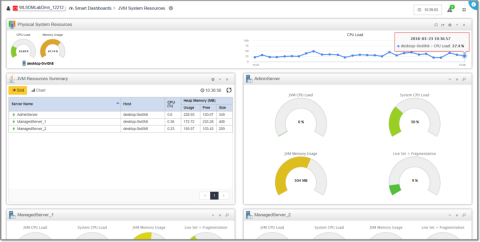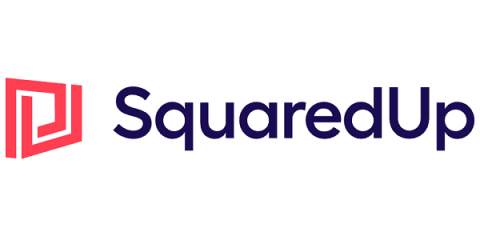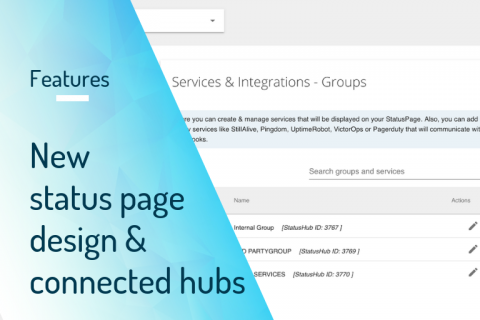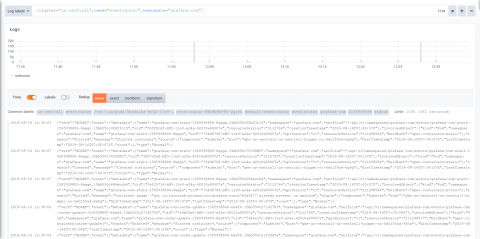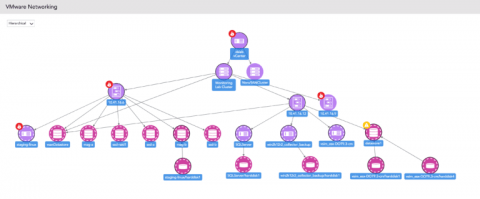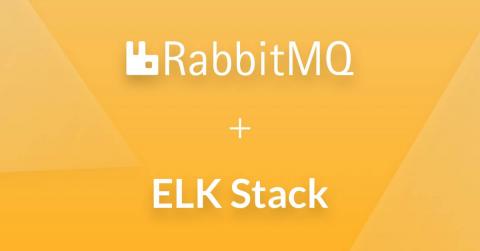How to Check Memory Usage in WebLogic Console and Monitoring WebLogic JVM Heap and CPU Usage in WLSDM
Weak JVM performance affects WebLogic domain performance directly. That’s why the host’s CPU and memory usage is very important in terms of improving WebLogic performance. Higher CPU consumption and Garbage Collection duration can cause applications to run slowly, even cause the WebLogic servers facing downtime. JVM instances in a WebLogic need to be monitored constantly and notification/alarm infrastructure must be installed as well.


